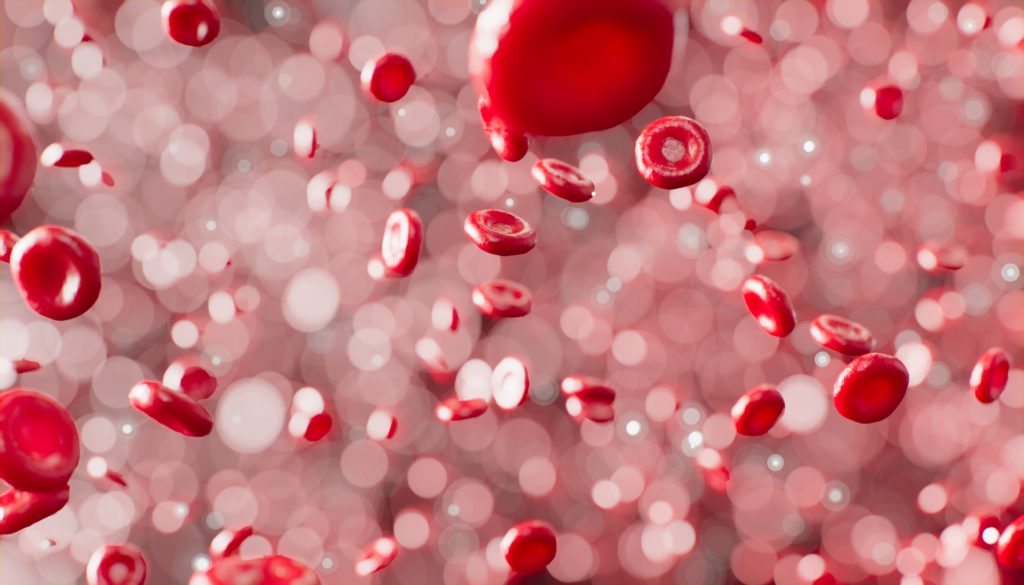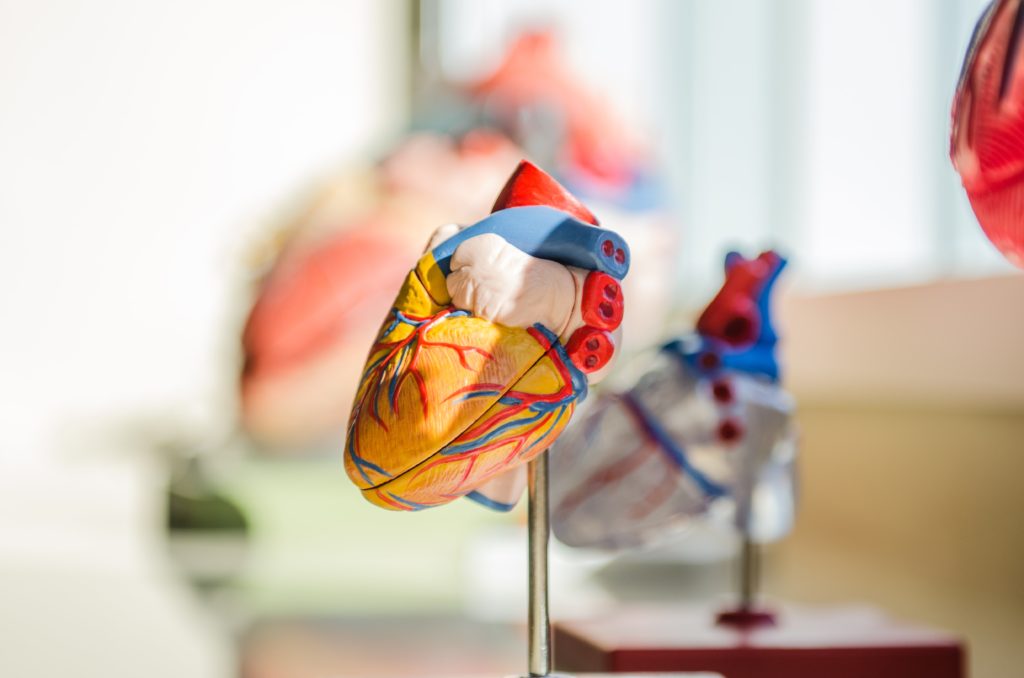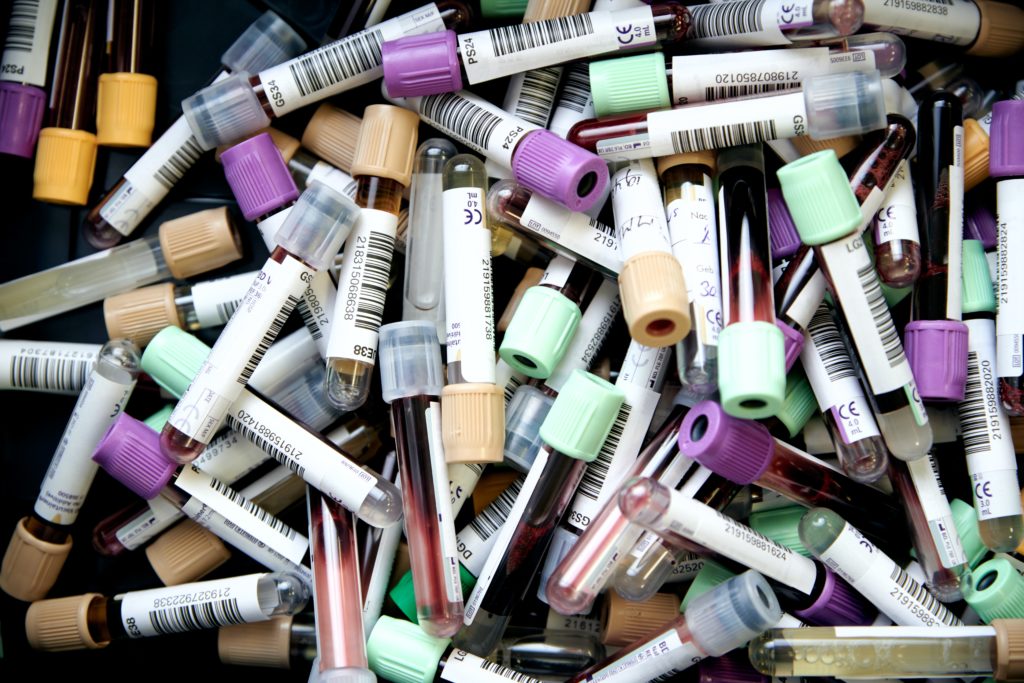Do you often feel tired and sluggish? Do your feet or hands feel cold, even in warm weather? If so, you may be suffering from poor circulation. This is a serious condition that can lead to health problems if left untreated. In this article, we will discuss 15 warning signs of poor circulation. We will also provide tips on how to improve your circulation.
Poor circulation is a condition in which blood flow is restricted. This can be caused by a number of factors, including obesity, smoking, and diabetes. Poor circulation can lead to health problems such as heart disease, stroke, and peripheral artery disease.

Following are the signs and symptoms of poor circulation:
One of the most common signs of poor circulation is numbness or tingling in the hands and feet. This is caused by a lack of blood flow or reduced blood flow to these extremities. If you often feel like your hands or feet are asleep, it could be a sign that you have poor circulation.
Another common symptom of poor blood flow is cold hands and feet. If you find that your hands and feet are always cold, even in warm weather, it could be a sign of an underlying circulation issue.
If you often have swollen ankles or feet, it could be a sign of poor blood circulation. This is caused by fluid buildup in the lower extremities due to a lack of blood flow.
If you have leg ulcers that are slow to heal, it could be a sign of poor circulation. Leg ulcers are open wounds that can occur on the legs and feet. They are often caused by underlying circulation issues.
If you always feel tired and fatigued, it could be a sign of poor circulation. This is caused by a lack of oxygen-rich blood flowing to the muscles and organs.
Varicose veins are another common symptom of poor circulation. These are enlarged, twisted veins that often occur on the legs and feet. They are caused by a buildup of blood in the vessels.
If you have a slow-healing wound or a weakened immune system, it could be a sign of poor circulation. This is because the body’s white blood cells need oxygen to function properly.

Sudden hair loss is another symptom of poor circulation. This is caused by a lack of blood flow to the scalp.
If your nails are brittle, thin, and easily broken, it could be a sign of poor circulation. This is caused by a lack of blood flow to the nails.
Erectile dysfunction is another common symptom of poor circulation. This is caused by a lack of blood flow to the genitals.
If you often feel tightness or heaviness in your chest, it could be a sign of poor circulation. This is caused by a lack of blood flow to the heart.
Cyanosis is a condition that causes the skin to turn blue or purple. It is often a sign of poor circulation. This is caused by a lack of oxygen-rich blood flowing to the skin.
If you have dark circles under your eyes, it could be a sign of poor circulation. This is caused by a lack of blood flow to the area.
If you often suffer from digestive problems, such as constipation or diarrhea, it could be a sign of poor circulation. This is because the intestines need oxygen-rich blood to function properly.
If you have a loss of appetite, it could be a sign of poor circulation. This is caused by a lack of blood flow to the digestive organs.
If you are experiencing any of these symptoms, it is important to see a doctor as soon as possible. Poor circulation can lead to serious health problems if left untreated. There are many things that you can do to improve your circulation.
There are several things you can do to improve circulation. These include:
These suggestions will aid in the improvement of your circulation and overall wellness.

There are several things that can cause poor circulation. These include:
If you have any of these risk factors, it is important to see a doctor. They can help manage your condition and improve your circulation. There are also many things that you can do to improve your circulation. following the tips above can help you improve your circulation and overall health. Poor circulation can lead to serious health problems.
Cerebral atherosclerosis is a condition that causes the arteries in the brain to harden and narrow. This can lead to poor circulation and a stroke.
Peripheral artery disease is a condition that causes the arteries to narrow. This can lead to poor circulation in the legs and feet.
Heart failure is a condition that occurs when the heart cannot pump enough blood to the body. This is mainly due to blood clots. This can lead to poor circulation and death.
Atherosclerosis is a condition that causes the arteries to harden and narrow. This can lead to poor circulation and heart disease.
Diabetes is a condition that causes high blood sugar levels. This can damage the blood vessels and nerves, leading to poor circulation.
Deep vein thrombosis is a condition that causes a blood clot to form in the veins. This can lead to poor circulation and a heart attack.
An aneurysm is a condition that causes the arteries to weaken and bulge. This can lead to poor circulation and a stroke.
Chronic venous insufficiency is a condition that causes the veins to weaken and collapse. This can lead to poor circulation and varicose veins.
There are many things that can cause poor circulation. If you are concerned about your circulation, consult a doctor. They can assist you in determining the source of your symptoms and developing a treatment strategy.
Articles You Might Enjoy Reading